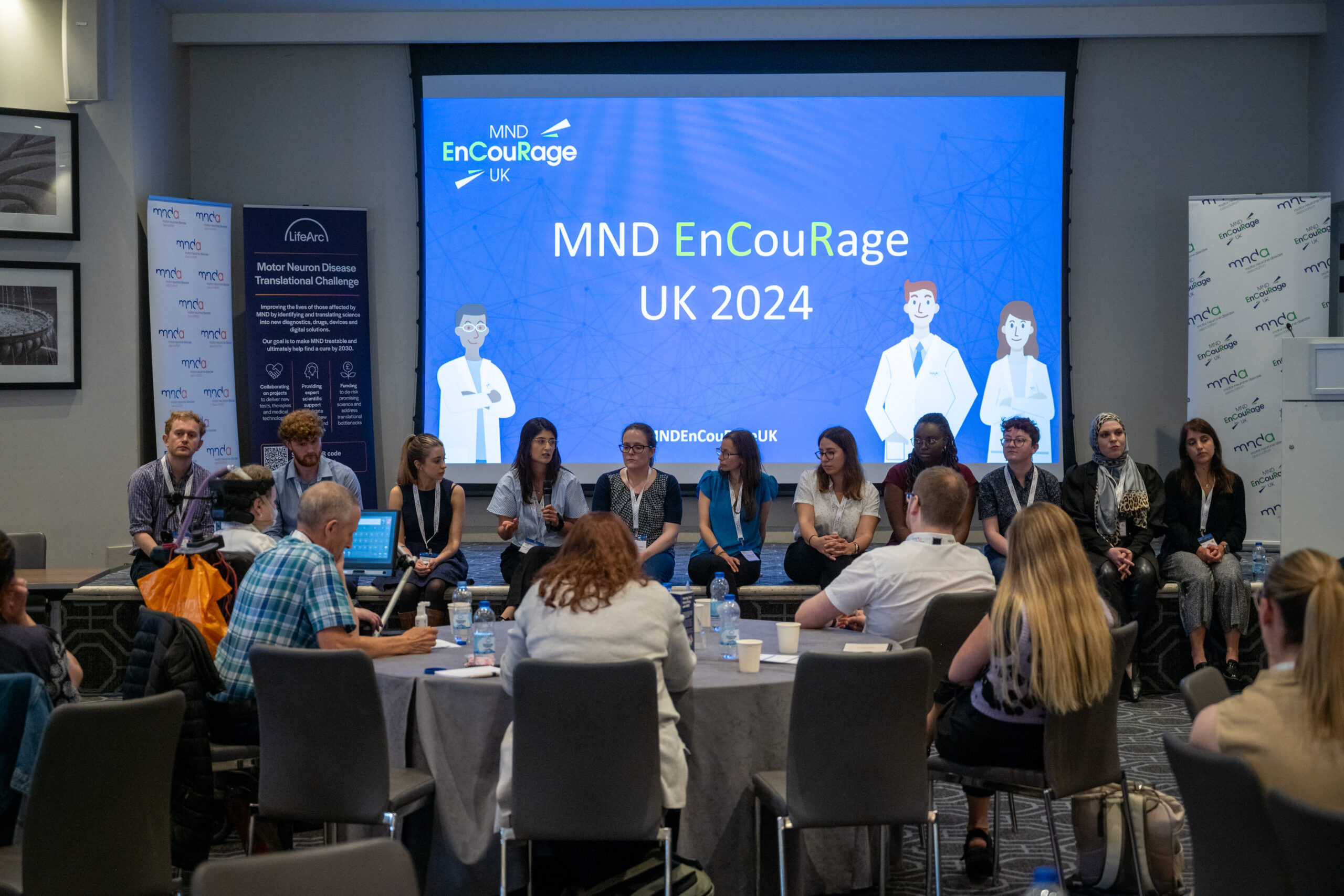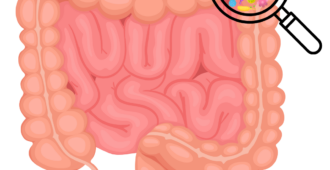MND Association funded researcher Dr Martin Turner at University of Oxford has identified a pattern of degeneration in the brains of people with MND that is linked to the level of disability.
This finding brings us closer to identifying a biomarker that can be used to speed up the diagnosis of MND, which can be delayed on average by a year since first symptoms.
This is the third finding to be announced since Dr Turner was awarded with the MRC/MND Association’s Lady Edith Wolfson Clinical Research Fellowship in 2008.
You can read more about this exciting finding on our website:
Progress in the Oxford BioMOx project | 2013 | MND Association.
Reference: Stagg CJ, Knight S, Talbot K, Jenkinson M, Maudsley AA, Turner MR, Whole-brain magnetic resonance spectroscopic imaging measures are related to disability in ALS. Neurology 2013; DOI 10.1212/WNL.0b013e318281ccec






Hi , thanks for posting that information .I don’t know if you do reaeach before spending money but it would appear that this discovery was made 15 years ago.
http://www.als.net/forum/yaf_postsm360950_First-results-from-BioMOx-study-have-been-published.aspx#360950
See the second post in this thread.
john
Hi John,
Researchers have known for a while that a decreased level of NAA is linked to MND, but until now, it’s not been possible to see that NAA decreases in relation to the degree of disease progression.
This relationship to the level of disability has not previously been identified using conventional diffusion tensor imaging (DTI) techniques and is a new finding.
This finding shows that MRSI has potential to be sensitive enough to identify a disease marker over the current leading contender of DTI. This is important as it could allow clinicians in the future to be able to know whether clinical trial drugs are working to slow down progression.
This finding will of course need to be validated by other research groups, but it’s promising news that Dr Turner and colleagues are making headway and are leading the field forward.
You may also be interested to know that this research also highlights a new technique called MIDAS (the Metabolite Imaging And Data Analysis System) which is used in combination with MRSI. MIDAS has only recently been developed (in 2006) and allows whole-brain imaging.
I hope this has helped to answer your questions about how this study is new.
Kind regards,
Research Development Team
Hi and thanks for your response. The alstdi thread has moved on but seemingly research was being done in 1994 originally. If this truly proves to be a biomarker as you say then that is major and will hopefully identify therapeutic drugs more speedily than the present and also stop research on lame ducks. The feeling on alstdi is that part of the problem with research at present is that drugs are tested on mice which prove effective but they do not translate into successes with human beings and maybe this is because there are many forms of mnd and if no attempt is made to categorise mnd patient paticipants the partial success may be regarded as failure. Maybe if people with the familial form of mnd were trialled they would more closely mirror the mice in the original trial.That is not going to help the people with the sporadic forms of mnd but it may stop effective drugs being discarded and if it leads to the successful treatment of even one person with mnd then that is an enormous leap forward.
john
Hi John,
You’re right that research into NAA has been done since the early nineties, I’s only now that technology has sufficiently advanced that techniques such as MIDAS can be used to analyse whole brains using MRSI that has allowed subtle differences in NAA levels to be identified rather than it being ‘significantly decreased’, this amount could in the future be quantified to see whether a trial drug is working or not. Hopefully other researchers will start work to progress this finding further!
The feeling that part of the problem with research is the lack of translation of mice studies into human studies is one shared by many – including us (we highlight this in our ‘challenges’ in our Research Strategy).
A few years ago, we helped to bring together leaders in MND translational research to discuss how we can improve the success of drugs, which resulted in the creation of some guidelines, published in ALS. These were published open access so that all international researchers can use these: http://informahealthcare.com/doi/abs/10.3109/17482960903545334.
The subject of the ‘traditional’ classification of MND is one that is of increasing interest to researchers – in fact Prof Nigel Leigh, formerly of King’s College London now at Brighton spoke about this at the 2010 symposium and I believe at one of our Annual Conferences. Here’s the symposium abstract where he explains this by saying “Just as classical notions of the constellations and galaxies tell us little about astrophysics, so the identification of phenotype with theory may be more fanciful than helpful” http://www.mndassociation.org/Resources/MNDA/Migrated%20Resources/Documents/S/Session%2012%20-%20Closing%20session%20(41)_2136.pdf. It’s quite a philosophical question, but it’s definitely one that researchers are taking note on – which is why Dr Turner’s recent finding looked at varying clinical subtypes and disease duration to ensure that the finding was consistent across a number of measures and not just one (currently classified) form of MND.
I hope you find this information and links useful.
Research Development Team